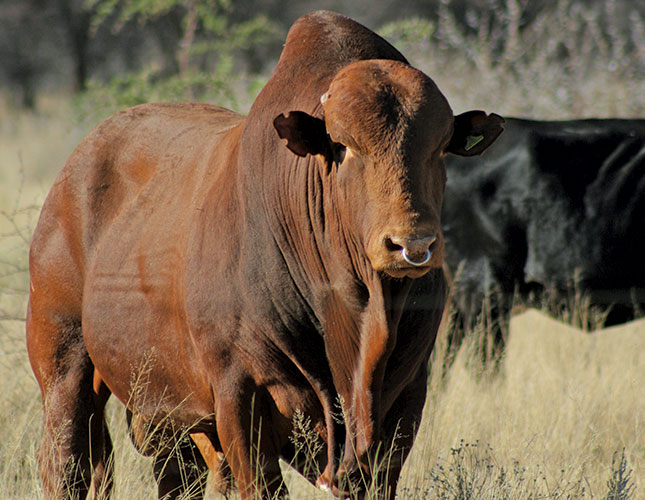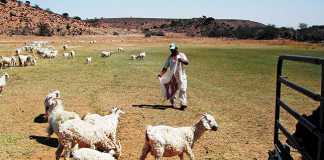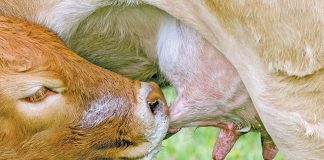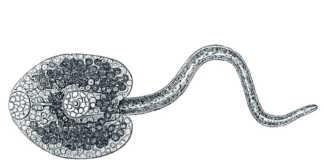
Photo: Wayne Southwood
Selecting the right bull can mean the difference between success and failure in a beef cattle herd. Bulls might make up only about 4% of a breeding herd, but they provide 50% of the genetic composition of the calves.
In other words, half of each calf’s characteristics will be inherited from the bull.
But the bull’s influence goes much further than this. Some of his daughters are kept for future breeding.
READ Learn the traits of entrepreneurship
So his traits are passed down several generations. In fact, according to John Massey of the Department of Animal Science at the University of Missouri in the US, after 10 years of breeding, more than 80% of a herd’s genetic make-up will have come from the bulls used by the farmer.
It’s easy to understand, then, why choosing a bull is so important. If you get it wrong, you will live with your mistakes for many years.
If, on the other hand, you take care to select the right bull, you will end up with a fine herd. The good news is that the so-called ‘first phase of selection’ is often done by the breed society or the breeder you’re doing business with.
This means the bulls have already been performance-tested and the weaker ones culled.
What exactly does ‘performance testing’ involve?
Every breed society has its own programme, but let’s use the National Beef Cattle Improvement Scheme (NBCIS) as an example. This is a scheme designed for new farmers specifically wishing to become professional breeders.
This is a scheme designed for new farmers specifically wishing to become professional breeders. If, of course, you buy a ‘performance-tested’ bull, all these steps would have been conducted already.
Managed by the Animal Improvement Institute of the Agricultural Research Council, the scheme seeks “to make available to beef cattle farmers an objective selection aid to identify the best-performing animals in their herds and to use them as parents for the next generation, thereby improving the genetic merit of their herds”.
The NBCIS includes the following:
Evaluation of the cow herd
Ease of calving and birth and weaning weights are recorded and monitored.
Post-weaning mass gain
Growth of calves after weaning is monitored by recording their mass at 12 and 18 months of age under existing farm conditions.
Standardised growth tests
The growth of bull calves after weaning is tested at central testing centres for 112 days. Feed conversion ratio, which is extremely important, is also evaluated. This is the amount of feed eaten for every kilogram of weight gained.
In addition, measurements such as shoulder height, body length and scrotal circumference are recorded. The results are sent back to breeders to help them in their breeding programmes.
But just because a bull is performance-tested doesn’t mean that it’s ideal for you. There are several other factors and traits to take into account when choosing a bull.
These include the climatic and environmental conditions on your farm, knowing how to interpret the performance test results, and growth potential.
Buyer beware!
If you’re serious about improving the quality of your beef herd, buy bulls only from reputable breeders who can provide complete performance records on their bulls.
“Breeders should also guarantee the quality and fertility of bulls and guarantee that ancestors are not known carriers of genetic defects,” says John Massey of the University of Missouri’s Department of Animal Science.
“If this information isn’t available, look elsewhere for performance-proven bulls.”
Sources: Beef Cattle Management, ARC Animal Production Institute, Irene; the SA Stud Book and Livestock Improvement Association; www.embryoplus.com; Modern Commercial Beef Sire Selection, by John Massey of the University of Missouri’s Department of Animal Science.













